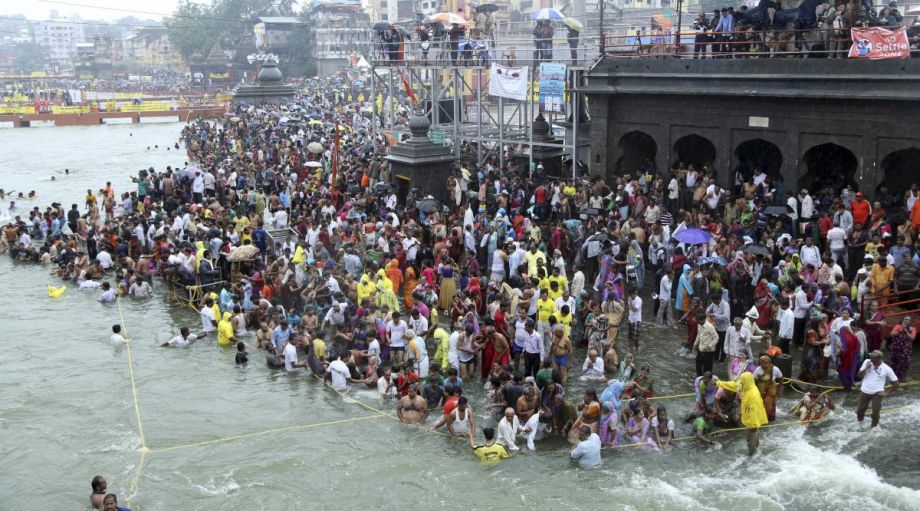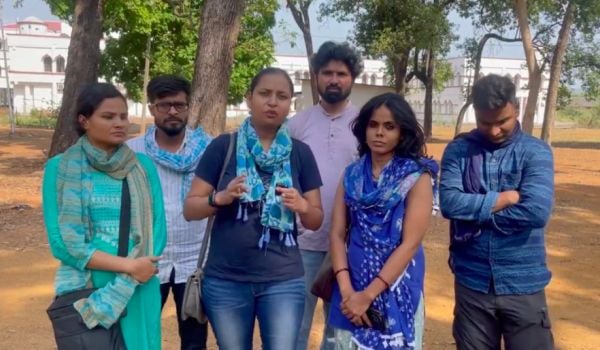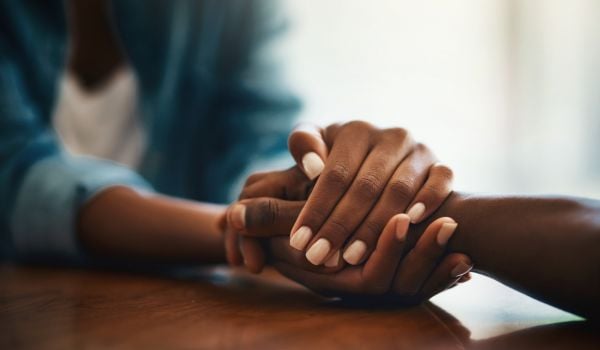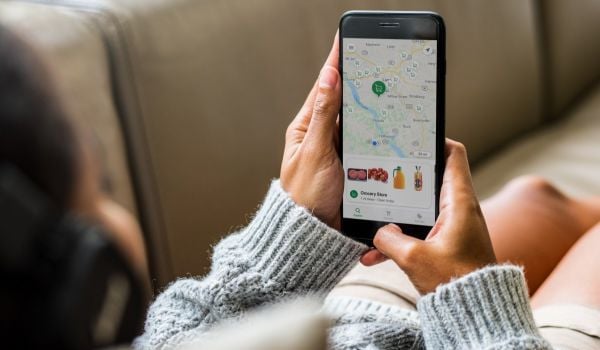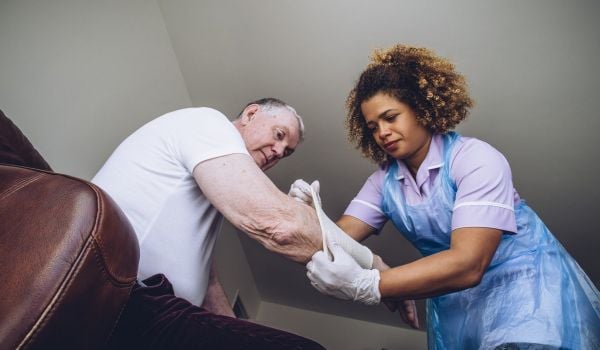A religious festival might not seem to be the most likely launching pad for the latest app, but a team from the Massachusetts Institute of Technology saw India’s Kumbh Mela as fertile ground for testing out digital innovations, including ones with potential life-saving value.
In India, Hindu adherents have been undertaking pilgrimages since time immemorial — and the journeys often end at massive fairs of religious devotion. With a total population now at 1.25 billion, the size of these festivals tends to boggle the mind. Some have topped the list of largest peaceful gatherings on Earth. In August and September, Nashik, a mid-sized city in Maharashtra state, hosted (a relatively modest) 10 million attendees at Kumbh Mela.
Life in the miles-long flood of festivalgoers’ tents involves abundant health concerns, starting with the basic human physical functions. According to a National Geographic documentary, “to prevent diseases like cholera, more than 40,000 toilets have been built.” But the health risks go far past cholera. An “instant city” that gathers pilgrims from every corner of India into close quarters is territory that’s ripe for injuries and disease outbreak. In addition, ritualized washings in the river can bring devotees in contact with pollution and, at some events, even corpses.
This year, an MIT team developed a range of mobile apps to tackle challenges in crowd control, information management and healthcare at the 55-day festival. Coordinator Maggie Church explains: “We had people who were out in the field, who had built things and were testing [them],” including operating a technology pavilion that helped increase the accessibility of technology. The team also ran a back office (“headquarters,” Church calls it) where team members compiled and analyzed app-derived data and shared it with city government officials.
Apps for the pop-up city germinated at another kind of pop-up event: a 72-hour hackathon called “Kumbhathon,” hosted at MIT over the winter. There, teams of programmers finalized what they’d test at the Mela, including a digital map of the festival grounds, a festival-specific Wikia, and a “crowd-steering” app that helped pilgrims avoid the trampling incidents and other safety hazards of past festivals.
The hackathon also saw the creation of two health apps aimed at finding and treating ill or injured festivalgoers and reducing the spread of illness among them.
The first, Epimetrics, was a “real-time epidemic outbreak monitoring system.” The app provided a way for clinicians to enter medical information on patients who showed signs of infectious disease, such as fever and diarrhea, and who consented to have their data shared. Clinicians were also able to view a web-based dashboard that summarized cases across the Kumbh Mela population and displayed them on a map. This permitted insight into the sources and spread of disease, enabling clinicians to practice what the MIT crew calls “precautionary and predictive healthcare.” The Epimetrics trial at Kumbh Mela didn’t include test results or identifying specific viruses and bacteria; when patients needed care beyond what on-site clinicians could provide, they were referred to local hospitals.
The second app, Meditracker, helped people in need find a hospital. An Android app designed for the average citizen, Meditracker existed to deliver information on the locations of local clinics and hospitals to the many Kumbh Mela visitors unfamiliar with the area.
The app also offered first aid advice, including a list of over-the-counter medication useful for treating minor injuries and illnesses. Perhaps best of all, the download also incorporated a valuable one-touch emergency-calling widget. A huge boon in a country with limited ambulance access and few maps, the widget made use of the MIT group’s other map-based projects to pinpoint the locations of injured or ill people. It also alerted the festival’s medical staff to patients’ need for help.
MIT isn’t releasing data gathered at the 2015 Kumbh Mela or the number of total users it had. With the apps just emerging from what Church calls “the spot-and-probe phase, where we’re generating ideas and a culture of innovation,” this year was largely about proofs of concept for future development.
That said, advancement appears likely. Although a launch at a two-month-long public event doesn’t guarantee any app will last, MIT’s Kumbhathon has already done an admirable job of avoiding creating “vaporware” (the hastily announced, short-lived products that hackathons sometimes create). And Church is confident that the apps will prove useful beyond this year’s Mela. “After seeing the successes of what happened, I think we have a better understanding of what [projects] would be long-term,” she says.
Amid surging technological development in Indian society, the team can boast of strong local media coverage and public interest. Church cites the ongoing support of government officials too: “The Nashik government was very, very supportive … they’re really all about it.”
The use of Mela-generated mobile apps for crowd control, information dispersal and healthcare access may stretch even farther, to other nations, less peaceful gatherings, and perhaps even crisis situations. “If there are other places in the world that have these population swells for whatever reason,” Church says, “then similar technologies could be used there.”
The “Health Horizons: Innovation and the Informal Economy” column is made possible with the support of the Rockefeller Foundation.

M. Sophia Newman is a freelance writer and an editor with a substantial background in global health and health research. She wrote Next City's Health Horizons column from 2015 to 2016 and has reported from Bangladesh, India, Nepal, Kenya, Ghana, South Africa, and the United States on a wide range of topics. See more at msophianewman.com.
Follow M. Sophia .(JavaScript must be enabled to view this email address)


